President To Lam's visit to the Lao People's Democratic Republic and the Kingdom of Cambodia will further strengthen solidarity and open up many opportunities for cooperation between the three countries.

Vietnam, Laos and Cambodia are located on the Indochina peninsula, sharing the gentle Mekong River and the great Truong Son Mountains. Moreover, this relationship is always close and trustworthy, creating a solid "three-legged tripod" and going into depth, including trade cooperation.
Especially, in the context of rapid regional and global development, creating many opportunities but also many challenges, the historical lesson of Vietnam-Laos-Cambodia solidarity has been, is and will be the red thread throughout the development process.
Therefore, President To Lam's visit and work in Laos and Cambodia will further strengthen solidarity and open up many cooperation opportunities among the three countries.
Closely linked
Vietnam and Laos currently have 10 border provinces, with 8 pairs of international border gates, 7 pairs of main border gates and 18 pairs of secondary border gates, facilitating regional trade, reducing time and costs compared to countries in Asia and the world.
In addition, bilateral trade benefits from the reduction of tariffs to 0% for most of the two countries' goods under the ASEAN Trade in Goods Agreement, the Vietnam-Laos Bilateral Trade Agreement, and the Vietnam-Laos Border Trade Agreement.
Other advantages include the Lao market not having strict requirements on product quality, and consumers having a good impression of goods from Vietnam.
Moreover, Laos almost accepts standard certifications from exporting countries, including Vietnam, such as beverages with food safety certification. On the other hand, businesses can also take advantage of Laos' connection with Thailand and China to export to the two markets to reduce transportation costs, increasing the competitiveness of Vietnamese goods in neighboring markets.

A representative of the Asia-Africa Market Department (Ministry of Industry and Trade) said that in the recent period, bilateral trade turnover between Vietnam and Laos has been maintained at over 1 billion USD and is aiming to reach 2 billion USD. The annual trade growth rate is about over 10% in the period 2016-2023.
Although the scale of bilateral trade is not large, it is still significant in the context of limited purchasing power of the Lao market, small population (about 7.3 million people), high cost of transporting goods between the two countries, and fierce competition from Thai and Chinese goods in the Lao market.
Vietnam's main exports to Laos include petroleum; means of transport and spare parts; and iron and steel products. In the opposite direction, Vietnam's main imports from Laos include rubber; coal; wood and wood products; ores and other minerals.

It is estimated that in the first 6 months of 2024, the total import-export turnover between Vietnam and Laos is estimated to reach 931.4 million USD, an increase of 11.5% over the same period in 2023. Vietnam's export turnover to Laos is estimated to reach 284.2 million USD, an increase of 5.5% over the same period in 2023. Vietnam's import turnover from Laos is estimated to reach 647.2 million USD, an increase of 14.4% over the same period in 2023.
At the meeting and signing of the new Vietnam-Laos Trade Agreement, Minister of Industry and Trade Nguyen Hong Dien affirmed that cooperation in the field of industry and trade is an extremely important pillar in the cooperative relationship between Vietnam and Laos. Therefore, the implementation of the Memorandum of Understanding will help Vietnam and Laos strengthen and support each other in preventing counterfeit goods, especially in border areas, to protect consumers and legitimate businesses.
In particular, bilateral trade turnover between the two countries has shown positive growth in recent years. Since 2012, with great efforts from ministries, sectors and businesses of the two countries, the two sides have continuously achieved the target of increasing trade turnover by 10-15% per year as set by the two countries' senior leaders (except for the COVID-19 period due to the impact of the general context).
Appreciating the improvement of Laos' production capacity in recent times and its gradual becoming one of the important sources of products and raw materials for production for ASEAN countries in general and for Vietnam in particular, Minister of Industry and Trade Nguyen Hong Dien and Lao Minister of Industry and Trade Malaithong Kommasith agreed on specific solutions to implement the commitments and agreements agreed upon by the two countries' senior leaders in the Agreement on the cooperation plan between the Government of Vietnam and the Government of Laos; Minutes of the 46th meeting of the Vietnam-Laos Intergovernmental Committee...
Regarding the stabilization of the energy market, the Ministry of Industry and Trade has and will continue to encourage Vietnamese petroleum traders to proactively connect with Lao enterprises. However, in the long term, it is necessary to study and remove difficulties in petroleum standards and exchange rate mechanisms to support the stable development of the petroleum market.
Impressive growth
According to the Asia-Africa Market Department, over the past 10 years, bilateral trade turnover between Vietnam and Cambodia has always maintained an impressive growth rate and is a bright spot in the cooperative relationship between the two countries.
Specifically, in the period 2010-2015, Vietnam-Cambodia trade turnover had an average growth rate of about 18.5%/year. Trade turnover nearly doubled from 1.8 billion USD in 2010 to 3.35 billion USD in 2015. Of which, Vietnam's export turnover to Cambodia increased by an average of 15.5%/year, Vietnam's import turnover from Cambodia increased by an average of 32.7%/year.

In the 2016-2020 period, Vietnam-Cambodia trade turnover continued to grow at an average of 17% per year, from 2.92 billion USD in 2016 to 5.31 billion USD in 2020.
Notably, in 2019, the two countries achieved and exceeded the target of 5 billion USD in turnover ahead of schedule set by the two sides' senior leaders (the target set for 2020). Then, in 2022, the trade turnover between Vietnam and Cambodia reached 10.57 billion USD, an increase of nearly 11% compared to 2021.
In 2023, in the context of a complicated economic situation and a serious decrease in consumer demand, bilateral trade growth between Vietnam and Cambodia decreased by 19.5% to only 8.6%.
However, in the first 5 months of 2024, bilateral trade reached 4.6 billion USD, up 13.4% over the same period last year, maintaining a continuous increase since the beginning of 2024. Of which, Vietnam exported 2.1 billion USD, down 1.7% and imported 2.5 billion USD, up 30.7%. Border trade was maintained stably, with no congestion of goods at the border gate.
The main export items in the first 5 months of 2024 are iron and steel of all kinds, textiles, garments, petroleum of all kinds... Along with that, the main import items include cashew nuts, rubber, vegetables and fruits...
It is estimated that in the first 6 months of 2024, the total import-export turnover between Vietnam and Cambodia will reach 5.4 billion USD, of which Vietnam's exports to this market will reach 2.5 billion USD, down 1.1% over the same period in 2023, and Vietnam's imports from Cambodia will reach 2.9 billion USD, up 38.4% over the same period in 2023.
In order to boost exports to the Lao and Cambodian markets, the representative of the Asia-Africa Market Department recommends that Vietnamese enterprises pay attention to studying and understanding the signed legal documents to take advantage of the incentives that the two countries give to each other as well as avoid problems when carrying out customs clearance procedures such as: Vietnam-Laos Trade Agreement, Vietnam-Laos Border Trade Agreement, Vietnam-Cambodia Border Trade Agreement, Vietnam-Cambodia Bilateral Trade Promotion Agreement and domestic legal documents related to the above documents.
In addition, businesses should take advantage of trade connection and trade promotion programs to find partners; actively participate in trade promotion seminars and market access guidance organized by the Ministry of Industry and Trade and local agencies to provide information to businesses, connect supply and demand, and ensure supply chains. At the same time, businesses need to proactively meet and exchange directly at fairs and exhibitions held in Vietnam as well as Laos and Cambodia.
According to the representative of the Asia-Africa Market Department, businesses need to focus on building brands, brand recognition, quality orientation and creating an impressive image through packaging improvement. Furthermore, to compete directly with goods from neighboring countries such as Thailand and China in terms of quality, design and price, businesses must pay attention to implementing systematic business methods such as opening representative offices, investing in distribution systems, and making their own packaging. Although this method has high initial costs, in the long run it will build an image and help goods sell well as well as gain a foothold in the market.
Notably, it is necessary for businesses to focus on developing distribution channels as well as transferring methods to Lao and Cambodian distributors; in which, developing distribution in both traditional shopping channels (markets) and supermarkets... to help Vietnamese goods penetrate deeper into markets, increasing export turnover./.
Source: https://baolangson.vn/that-chat-hop-tac-thuong-mai-giua-viet-nam-voi-lao-va-camuchia-5014445.html




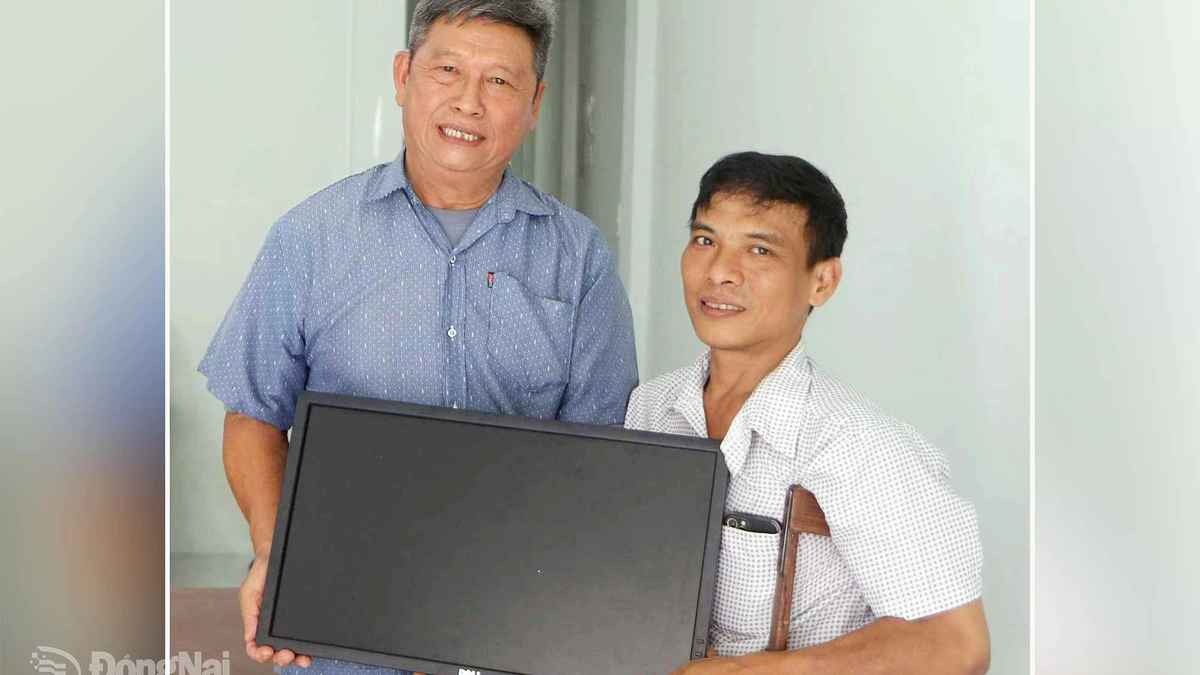
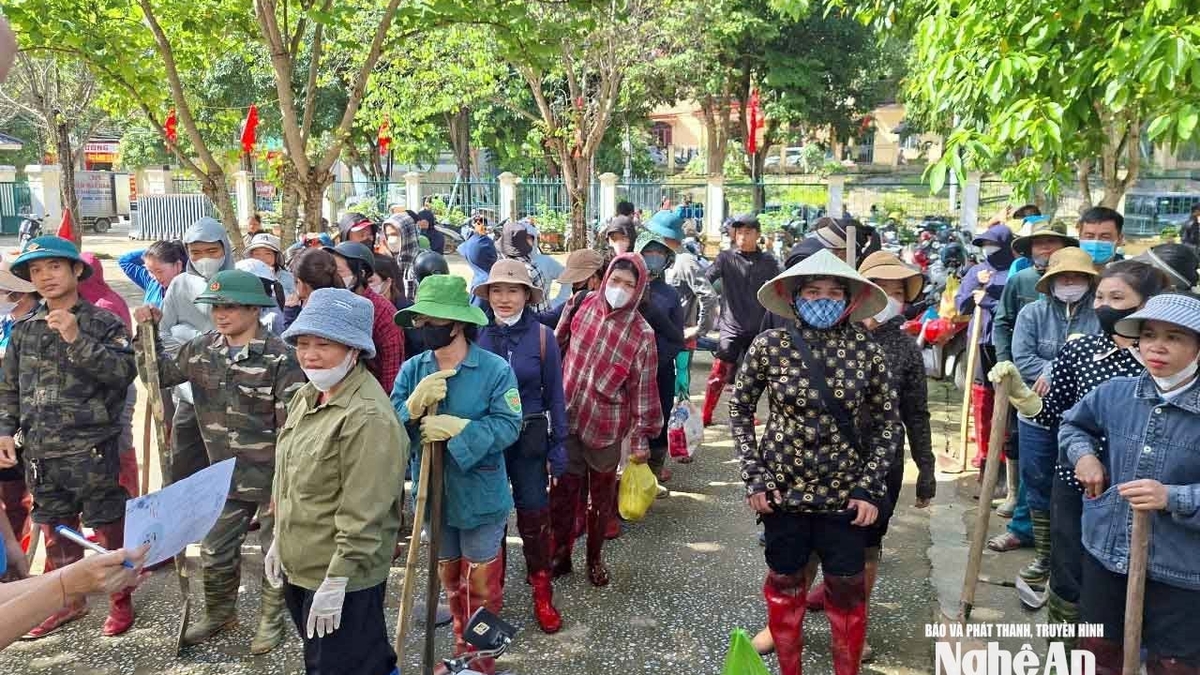
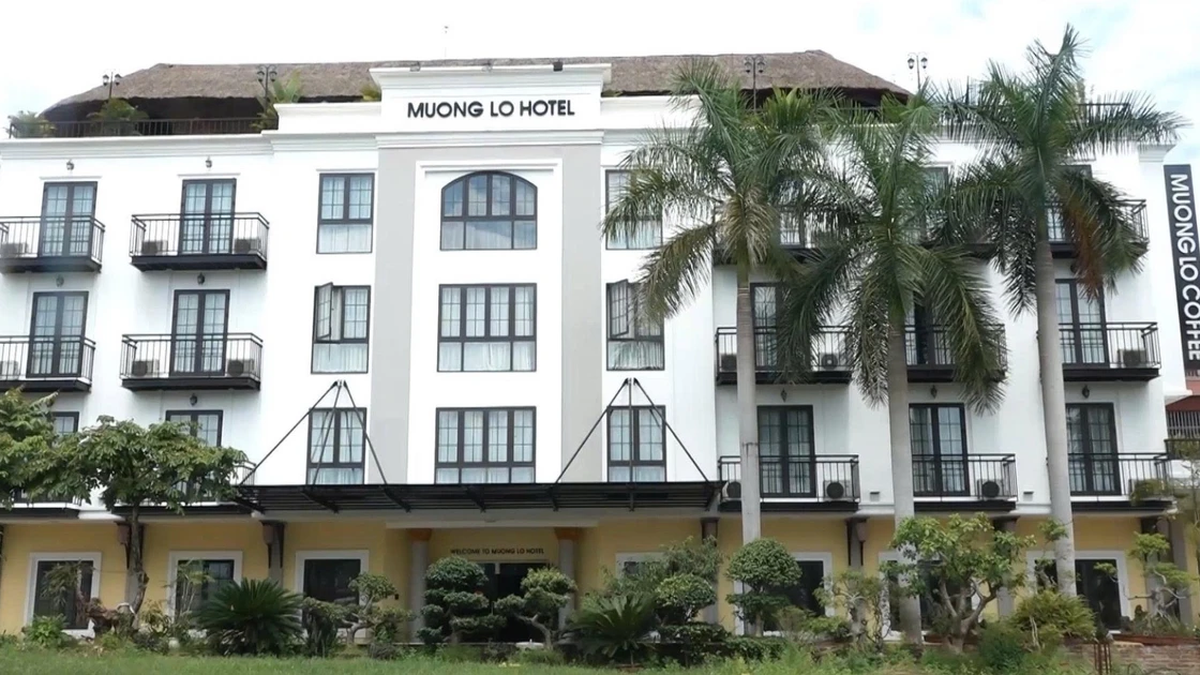




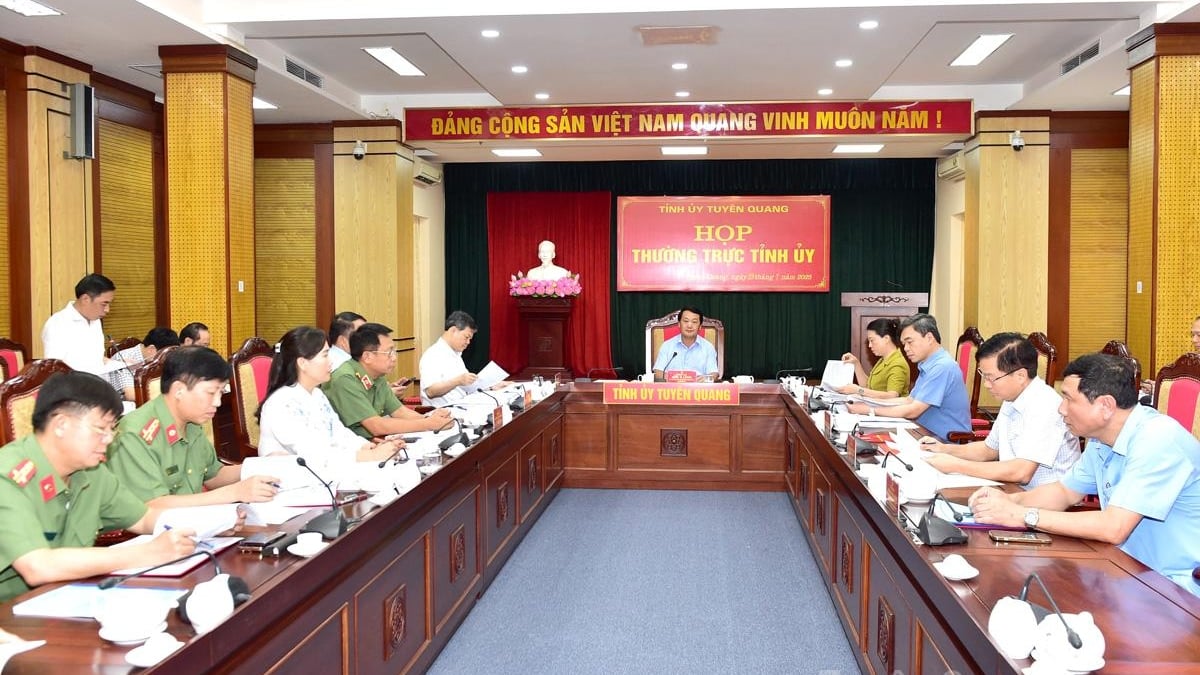













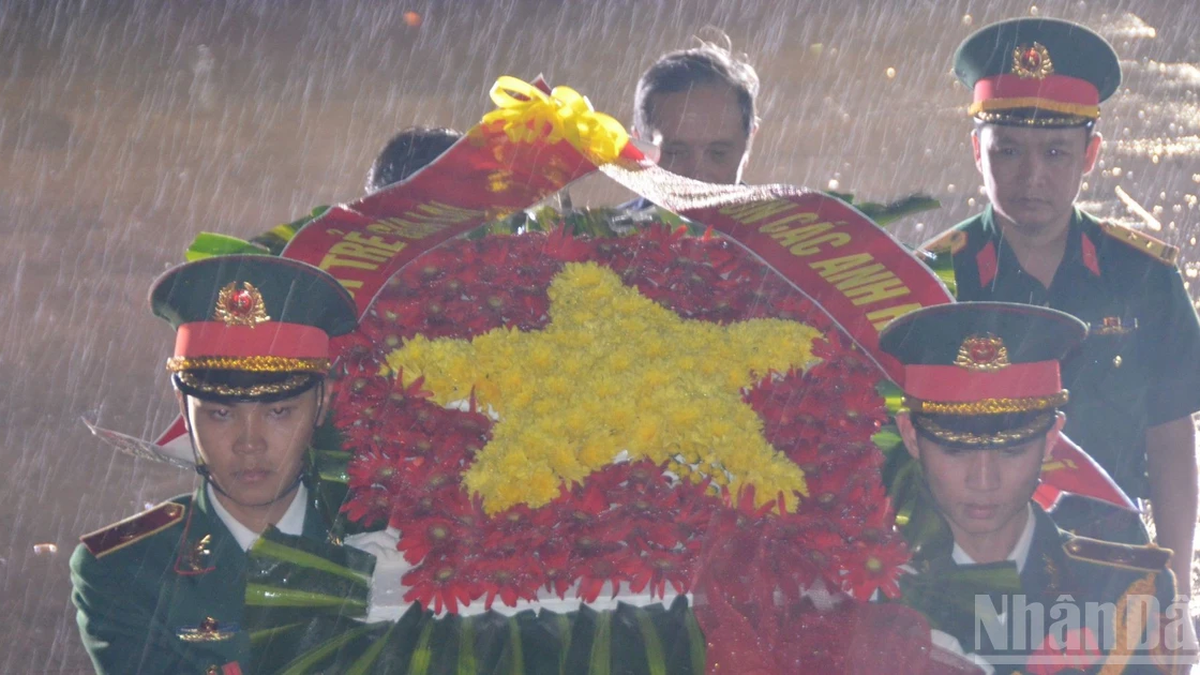




![[Photo] National Assembly Chairman attends the seminar "Building and operating an international financial center and recommendations for Vietnam"](https://vphoto.vietnam.vn/thumb/1200x675/vietnam/resource/IMAGE/2025/7/28/76393436936e457db31ec84433289f72)











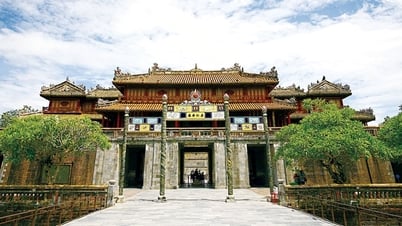














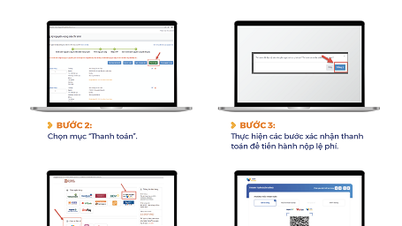



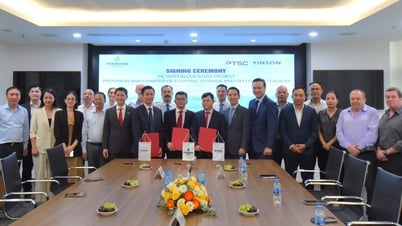
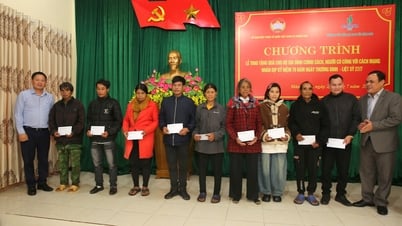
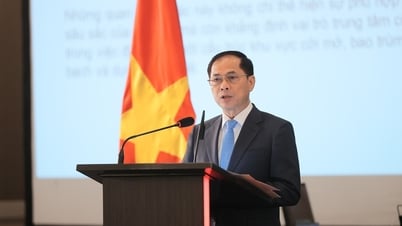


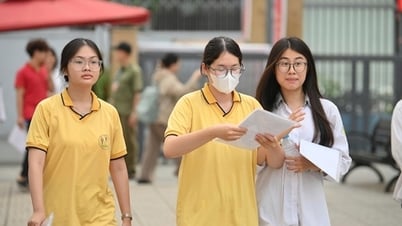




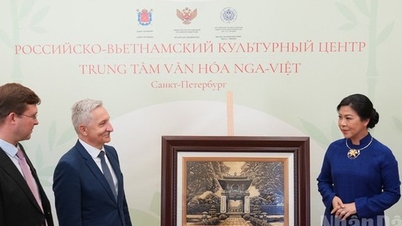

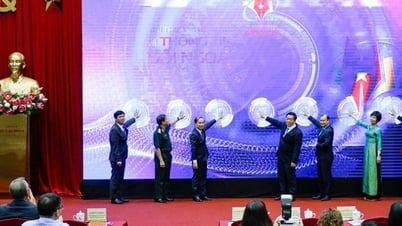
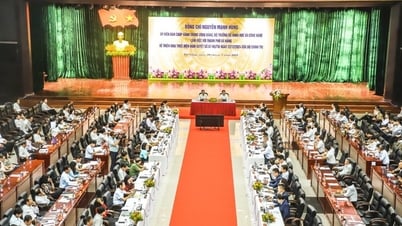
























Comment (0)